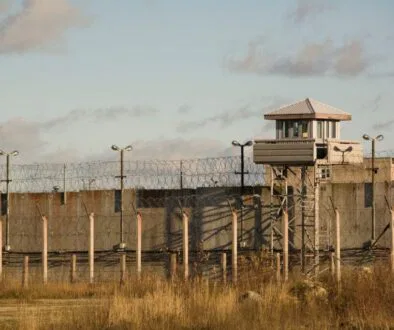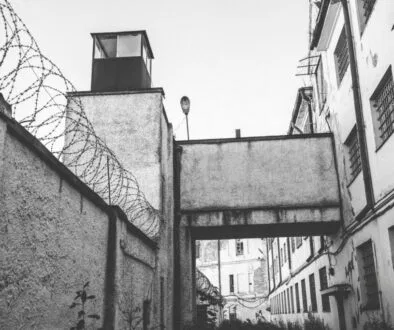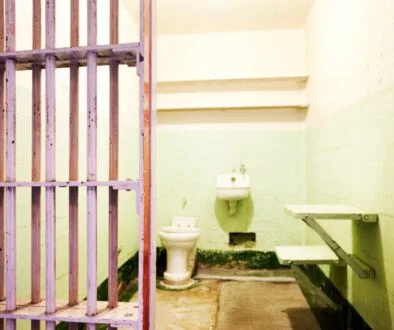What Does It Mean To Be In Protective Custody?
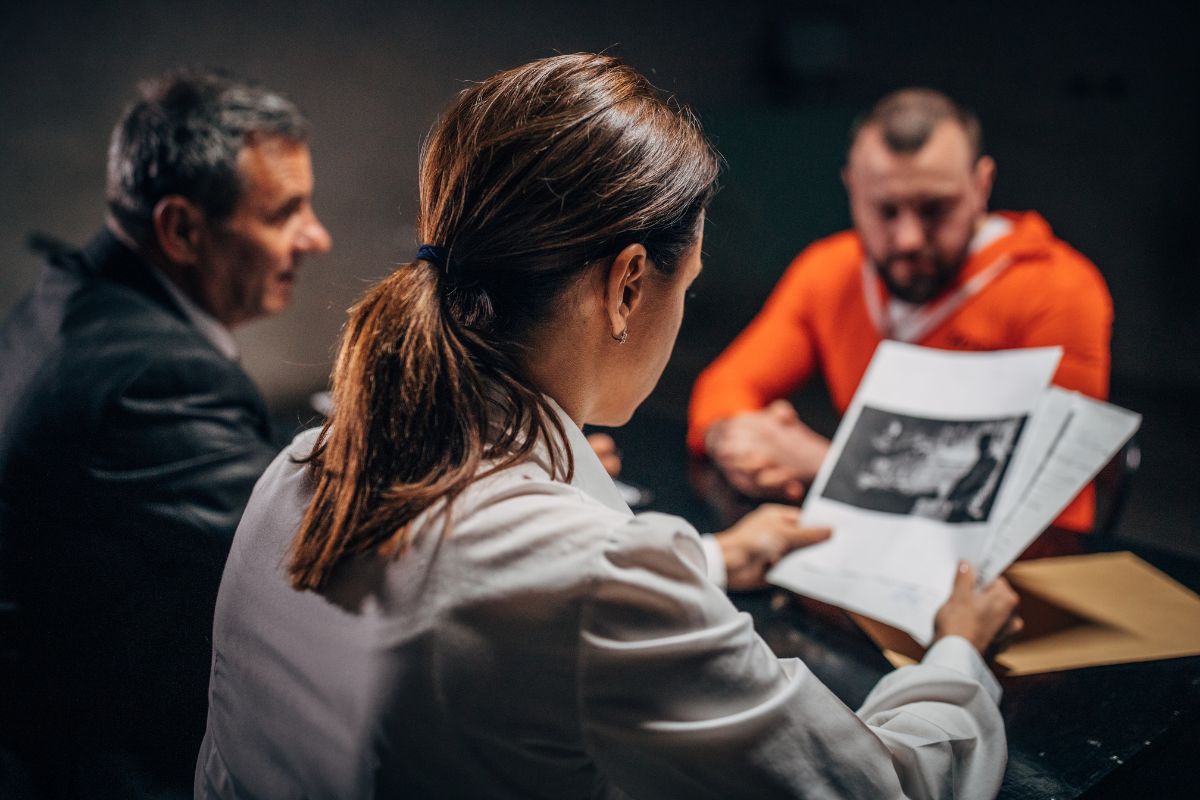
Published November 14th, 2023
Protective custody refers to isolation or other forms of imprisonment that keep prisoners from interacting with other inmates. This period of separation usually happens because the prisoner’s safety could be in danger due to their criminal record, notoriety, or the seriousness of the crime they committed. In this article, we will explore the protective custody definition, why it exists, and what happens to those in protective custody.
What is Protective Custody?
Protective custody is a type of custody or imprisonment that separates an inmate from the general prison population for their own safety. In some cases, protective custody may also be used to protect an individual from potential retaliation from other prisoners or to protect them from possible attacks from outside sources.
In protective custody, the individual is usually housed in a separate area of the prison, and this can involve assigning the inmate to solitary confinement or a segregated cell or unit with limited contact with other prisoners. This section is often smaller and more secure than the rest of the prison, and a dedicated team of guards may staff it. In some cases, prisoners in protective custody may be allowed to move around the prison, but they are usually monitored closely to ensure their safety.
The conditions in protective custody can vary depending on the prison and the prisoner’s situation. However, those in protective custody typically have limited access to activities and resources and may be subject to additional security measures. In addition, they may also have a different schedule or routine to avoid contact with other inmates; this includes:
- Chow hall
- Classes
- Recreational yard
- Visitation
- Worship, etc.
Reasons for Protective Custody
The decision to place someone in protective custody is typically made by prison officials, who assess the inmate’s situation and determine whether or not it is necessary for their safety.
In some cases, the individual may also request to be placed in protective custody in prison if they feel their safety is at risk, like if they are police officers. Inmates being at risk can be due to a variety of factors, and the most common reasons include:
Criminal history
If an inmate has a history of violence or is known to have affiliations with gangs or groups, they may be at increased risk of harm from other prisoners.
Offense
If they committed a crime seen as particularly heinous, such as child abuse or murder, or has made them a target for retribution from other prisoners.
Personal circumstances
Having a medical condition or other personal circumstances that make an inmate vulnerable makes them candidates for protective custody for their safety.
Retaliation
If an individual has reported or testified against other prisoners or prison staff, they may be at risk of reprisals and could qualify for protective custody.
What Happens in Protective Custody?
While in protective custody, the individual may also have limited access to programs and services available to other prisoners. For example, they may have limited access to educational programs, job training, or recreational activities. The length of time someone may spend in protective custody also varies, depending on their situation and the prison officials’ decision.
In most cases, safety is the only advantage of protective custody; therefore, checking the pros and cons is essential. Those in protective custody spend up to 23 hours daily in their confinement. Typically, they only leave their cells for a bath and a few minutes of recreational time, which takes place in a small area.
ADVERTISEMENT
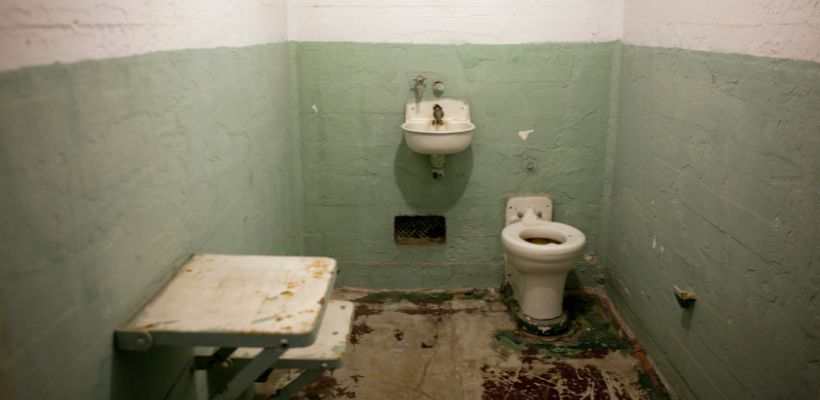
One of the most significant limitations is that prisoners in protective custody are often isolated. This isolation can lead to loneliness and depression, making it difficult for prisoners to reintegrate into the general population once they are released from protective custody. Additionally, prisoners in protective custody may be more likely to engage in self-harm since they may feel isolated or depressed.
Wrapping it up
Protective custody is a form of custody or imprisonment that protects individuals from harm. While it can be effective in ensuring the safety of prisoners, it also presents challenges and limitations. Overall, the goal of protective custody is to ensure the prisoner’s safety. While it can involve additional restrictions and limitations, it can provide protection for vulnerable individuals.
Reduce Your Jail Call Costs By Up To 90% Per Minute With GlobalTel
GlobalTel’s inmate calling service lowers jail call per minute rates by up to 90% for jail calls from US facilities. Sign up now and use the special jail call phone number we create for you to eliminate the long distance jail call fees. Try GlobalTel for only $45.99 for 90 days. Make US/domestic and international jail calls at the local rate and stay connected to your incarcerated loved ones for less. Learn more about how to sign up for calls from inmates here.

This Content Is Fact Checked
Our esteemed team of specialists has thoroughly validated the accuracy of this information. Discover further details about the rigorous editorial guidelines for our website here.
ADVERTISEMENT

About The Author
I am Tracy Gorman, a seasoned writer with a passion for crafting content on various subjects. I possess the expertise to delve into any niche and deliver exceptional articles.

